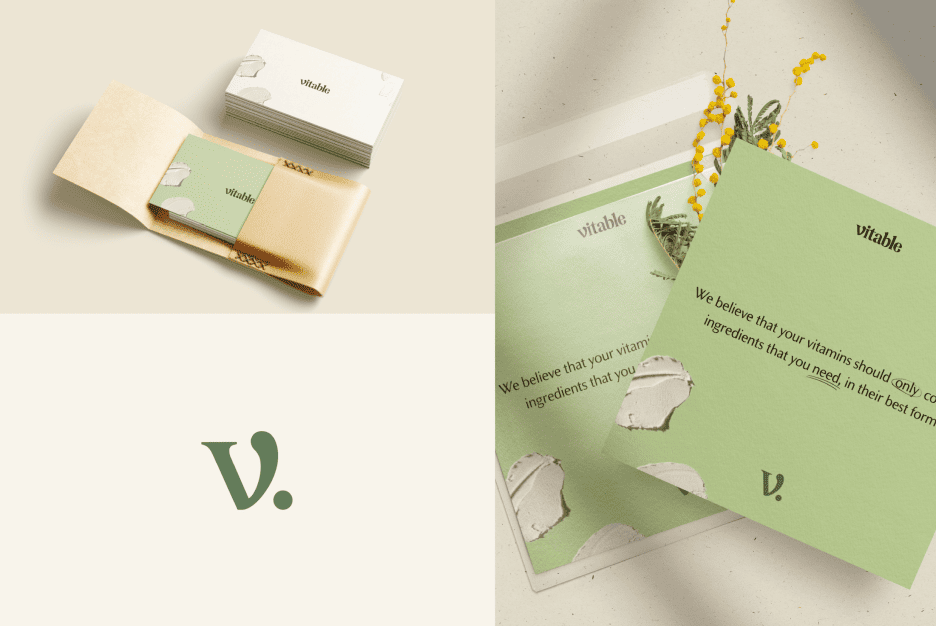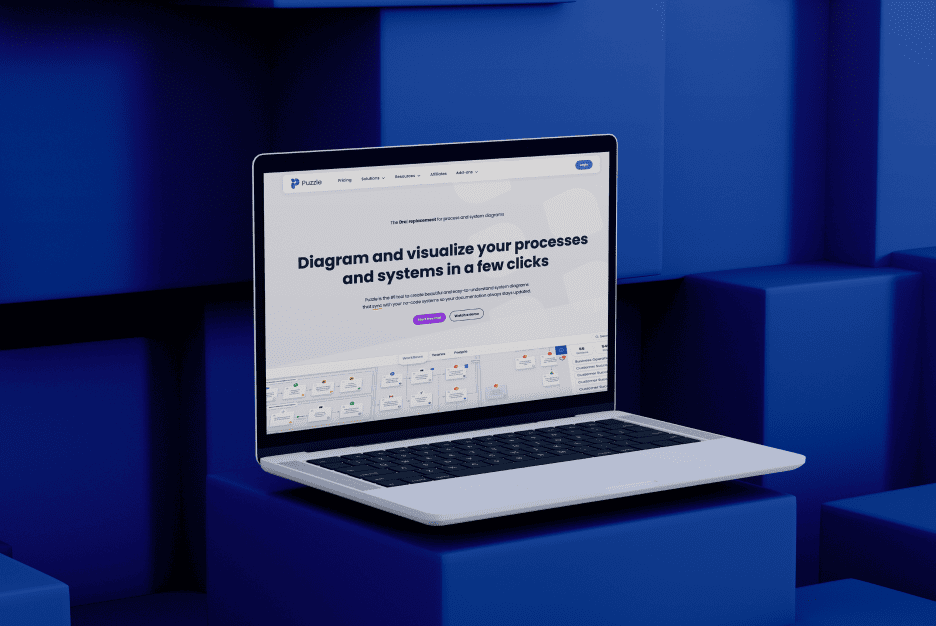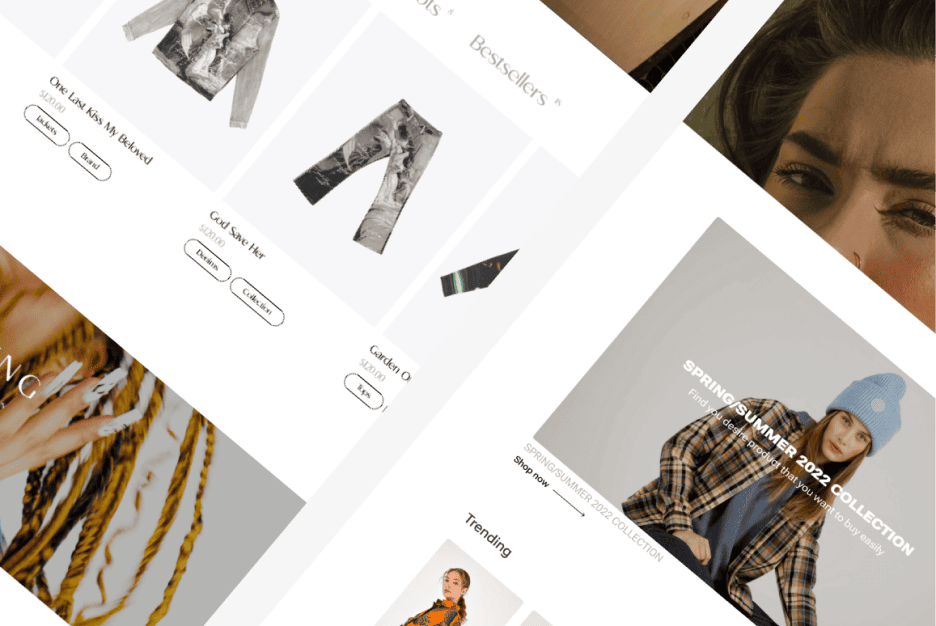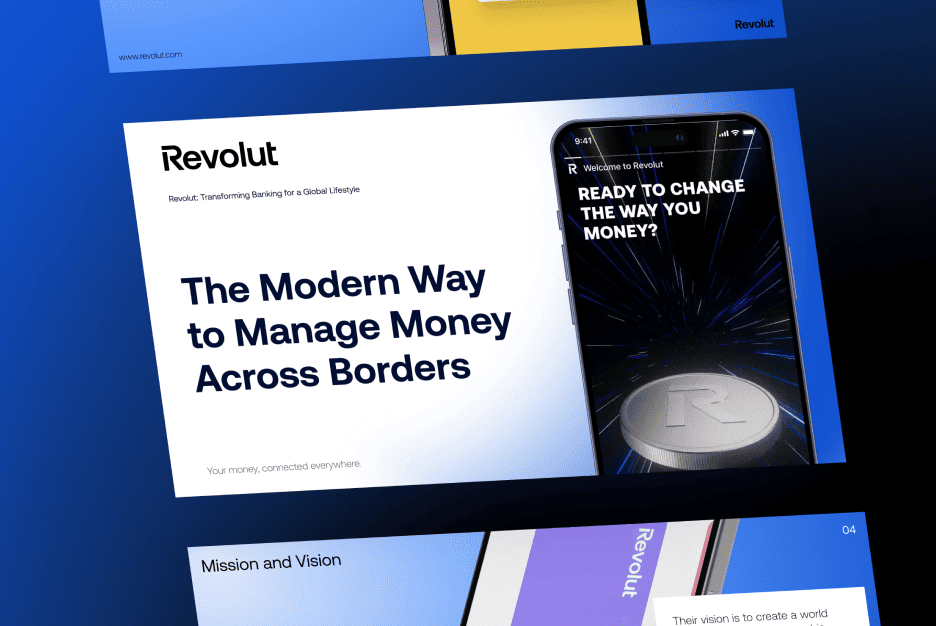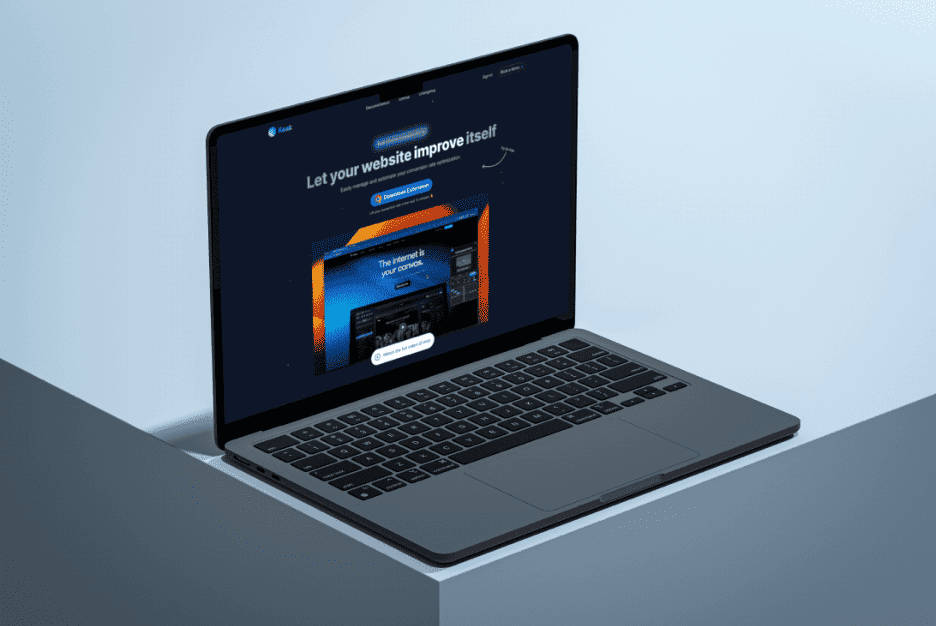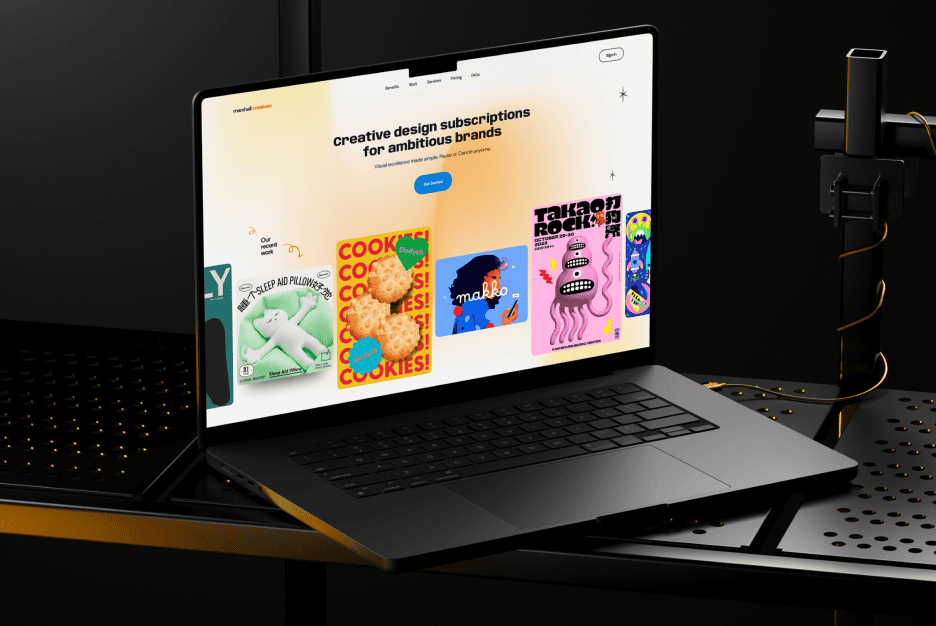In today’s hyper-competitive digital world, businesses must find unique ways to stand out and connect with their audience. One of the most effective tools for differentiation is good design. From branding and UI/UX design to website development and mobile-first approaches, exceptional design helps businesses create memorable experiences and build trust with their customers.
This article delves deep into the importance of good design and explores practical strategies to help your business rise above the competition. By the end, you’ll understand why investing in design is a critical move for long-term success.
Why Good Design Matters in Business
Building Trust and Credibility
When a potential customer visits your website, interacts with your mobile app, or sees your branding for the first time, the design leaves an immediate and lasting impression. A poorly designed website or logo can make your business appear unprofessional, leading to lost opportunities. On the other hand, a well-crafted design speaks volumes about your attention to detail and commitment to quality.
Consider how customers judge a website: if it looks outdated or is hard to navigate, they are more likely to leave and turn to competitors. Good design creates a seamless experience that builds trust. For example, an aesthetically pleasing and user-friendly website reassures users that your brand is reliable and innovative.
At Almax Agency, we understand the psychology of design and how it influences perception. Whether it’s a sleek e-commerce site or a cutting-edge mobile app, our team focuses on delivering designs that captivate and convert. For examples of our impactful designs, take a look at our portfolio.
Standing Out in a Crowded Market
In industries saturated with competitors, good design becomes a differentiator. Brands like Nike, Apple, and Tesla are excellent examples of companies leveraging design to dominate their respective markets. From product design to their websites, every interaction feels intentional and cohesive, creating a strong brand identity.
Want to explore how design drives business success? Read our article on The Basics of Branding: Positioning and Identity for the Brand.

Key Components of Good Design
1. Branding: Establishing Your Identity
Branding is the foundation of your company’s image. It’s how customers perceive your business and connect with your values. A cohesive brand identity includes your logo, color palette, typography, and even the tone of your messaging.
What Makes Great Branding?
- Consistency: All branding elements should work harmoniously across platforms, from your website to your social media profiles.
- Memorability: A simple yet striking logo design ensures customers remember your brand.
- Emotional Connection: Branding should evoke emotions that align with your values and mission. For instance, a health and wellness brand might use soothing colors and clean fonts to communicate a sense of calm and trust.
At Almax Agency, we specialize in creating brands that leave a lasting impression. Whether you’re starting from scratch or looking for a rebranding strategy, our portfolio showcases our ability to help businesses craft unique identities.
For inspiration, explore HubSpot’s guide on branding to see how top companies build their identities.

2. UX/UI Design: Enhancing Engagement
UX/UI design focuses on creating an intuitive and enjoyable experience for your users. UX (User Experience) design ensures that your website or app is easy to navigate, while UI (User Interface) design enhances the visual appeal of those interactions.
How UX/UI Impacts Your Business
- Customer Retention: A seamless and user-friendly experience keeps visitors on your site longer.
- Conversions: Clear calls-to-action (CTAs), smooth navigation, and responsive design increase the likelihood of users completing their journey (e.g., making a purchase).
- Brand Perception: A clean, visually pleasing design boosts your brand’s credibility and professionalism.
For businesses focused on customer experience, understanding UX/UI trends is vital. For instance, incorporating micro-interactions and personalization can make users feel more connected to your platform.
Looking to revamp your digital platforms? Learn more about UX principles on Smashing Magazine’s comprehensive guide.

3. Mobile Design: Prioritizing User Needs
With over 60% of web traffic now coming from mobile devices, mobile-first design is no longer optional—it’s a necessity. Ensuring your website or app is optimized for smartphones and tablets improves the user experience and boosts your search engine rankings.
Key Features of Mobile-First Design
- Responsive Layouts: Your website should adapt seamlessly to any screen size.
- Touch-Friendly Navigation: Buttons, menus, and links should be designed with mobile users in mind.
- Fast Load Times: Mobile users expect instant results. Optimize images and code to ensure your site loads quickly.
At Almax Agency, we’ve helped numerous clients transition to mobile-friendly platforms. Check out our portfolio to see examples of how we’ve delivered cutting-edge mobile designs.
Google’s Mobile-Friendly Test Tool can help evaluate whether your site meets modern standards.
4. Website Development: Merging Functionality with Design
While design focuses on visuals, website development ensures your site functions seamlessly. A slow, buggy, or unsecured website can alienate visitors no matter how beautiful it looks.
How to Combine Design and Development
- SEO Optimization: Developers can integrate keywords and technical SEO practices to improve search engine visibility.
- E-commerce Integration: Add user-friendly features such as one-click checkout or product recommendation engines.
- Analytics Tracking: Use tools to monitor user behavior and refine your website for better engagement.
Our article on The Many Types of Mobile Apps delves deeper into how you can align design and functionality for optimal results.
For technical SEO tips, visit Moz’s comprehensive guide.

Case Study: How Design Made the Difference
At Almax Agency, we believe that design is not just a creative endeavor but a strategic tool that can solve critical business challenges. One of our recent projects demonstrates how thoughtful design and a user-centric approach can completely transform a business’s performance in a competitive market.
The Challenge
Our client, a fashion e-commerce startup, approached us with a significant problem: they were struggling to stand out in an oversaturated industry. Despite offering high-quality products, their sales were stagnant, and customer retention was poor. The issues were clear:
- Brand Confusion: Their logo and visual identity failed to communicate their unique selling proposition (USP). It lacked the modern, premium feel that resonated with their target demographic.
- Poor Website Usability: The website was not optimized for mobile devices, had clunky navigation, and suffered from high bounce rates due to slow loading times.
- Lack of Visibility: Their website wasn’t ranking on search engines, making it difficult for potential customers to discover their brand.
Our Solution
We crafted a comprehensive, end-to-end design solution tailored to their business needs. Here’s how we addressed each pain point:
1. Rebranding to Reflect Their Value
We began with a deep dive into their brand identity. Through competitor analysis, user research, and market insights, we identified what made their brand unique. Our team then created:
- A Modern, Minimalist Logo: The new logo conveyed elegance and simplicity, aligning with the preferences of their style-conscious audience.
- A Cohesive Brand Color Palette: We introduced a clean, sophisticated color scheme that helped differentiate them from competitors while remaining versatile for both digital and print mediums.
The new branding gave the startup a professional and memorable visual identity, helping them establish credibility in their market.
2. Website Overhaul for Functionality and Aesthetics
Their old website was one of their biggest bottlenecks. We reimagined the user experience with a mobile-first approach, as more than 70% of their traffic came from mobile devices. Key improvements included:
- Mobile-Friendly Design: The new website was fully responsive, ensuring seamless navigation and fast loading speeds across devices.
- Streamlined User Journeys: We simplified the navigation and checkout processes to minimize friction, making it easy for users to find products, add them to the cart, and complete their purchase.
- Visually Striking Design: Using high-quality images, clean typography, and negative space, we created a site that not only looked stunning but also enhanced readability and usability.
These changes made the shopping experience intuitive, enjoyable, and conversion-focused.
The Results
Our design-driven approach delivered remarkable outcomes for the client:
- 40% Increase in Online Sales: Within six months of SEO improvements and our redesign solution, the client saw a 40% increase in e-commerce sales.
- 55% Boost in User Retention Rates: The streamlined website and improved mobile usability resulted in more repeat visitors and fewer abandoned carts.
- Stronger Brand Recognition: Their refreshed branding helped them establish themselves as a premium, trustworthy option in the fashion market.
Why It Worked
This project succeeded because it addressed both the surface-level design issues (branding and aesthetics) and the underlying structural challenges (usability and visibility). By combining creativity with strategy, we delivered a solution that resonated with users and drove tangible business results.
To see more examples of how we transform businesses with smart design, check out our portfolio.
Conclusion: Design as a Strategic Investment
Good design is an investment that pays dividends in customer satisfaction, brand loyalty, and business growth. From branding and UX/UI design to mobile-first strategies and website development, each aspect plays a critical role in shaping how your audience perceives your business.
Are you ready to set your business apart? Contact Almax Agency today to bring your vision to life. For more design tips and insights, visit our blog.

